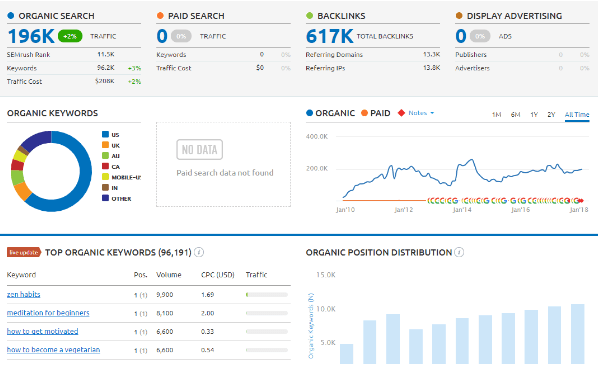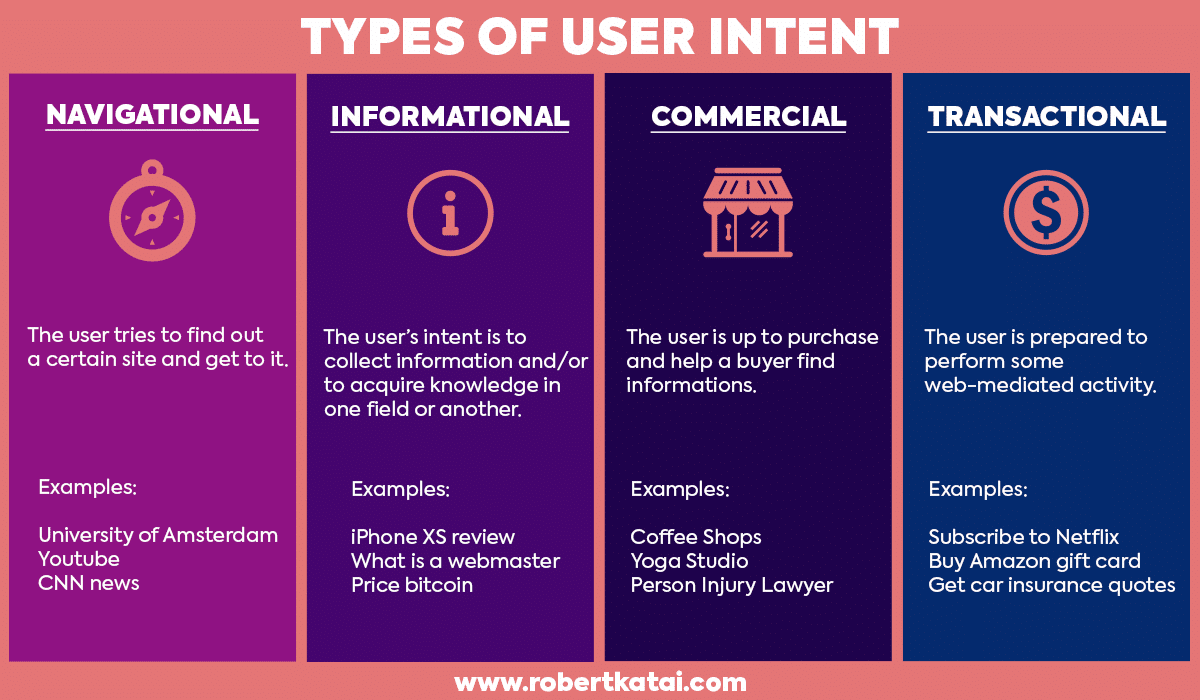Knowing where to begin with SEO for startups can be a real head-scratcher. I witness this first hand with the clients I work with. They have an idea of the keywords they want to rank for, but they’re often unsure of how to get there.
Find your next sales prospect when you upgrade to Crunchbase Pro – start your free trial.
Then there’s the issue of prioritizing finite resources. As a startup, you’re probably looking to invest in things that’ll get the most traction in the shortest period of time. And if an SEO consultant quotes six to 12 months to break into page one of Google for those target keywords? Well, it figures that SEO can quickly drop off the radar.
But if getting traffic to your website is a key part of your business model, then setting up an SEO strategy from day one is essential. Leaving it too late can be incredibly costly. You could be forced to take on a pricey SEO agency and spend heavily on digital ads. And that’s not to mention the opportunity cost of all that organic traffic you’re missing out on.
However, by being aware of the essentials of SEO, you can quickly and easily start optimizing your website. So here are six startup SEO essentials that I ground my clients in.
-
Understand the basics of search
As a first step, I like to provide my clients with an overview of search theory. This helps them to conceptualize the advice I’m providing. And with tasks such as producing content that’s optimized for user intent, understanding the theory becomes essential.
When it comes to the search market, one of the ways we conceptualize it is with the search demand curve. If you took an economics class in college, you’ll already be familiar with this – it’s pretty much the demand curve theory, but applied to search terms.
This places search into three categories:
- Head – one or two-word searches with super high volume and competitiveness, e.g. “insurance”.
- Body – two or three-word searches with moderate volume and competitiveness, e.g. “auto insurance”.
- Long tail – longer, more descriptive searches with much lower volume and competitiveness, e.g. “auto insurance for Tesla Model 3”
Why is understanding this theory important? Well if you’re a startup, you’re not going to get anywhere near page one for head terms. And nor should this be your target, as they’re less focused searches with low commercial intent. Body keywords? Perhaps this is achievable if your startup is in a market that hasn’t matured yet. And longtail? Absolutely yes. For most startups, these represent that oh-so-sweet low hanging fruit.
1. Research the market
Now it’s time to start applying concepts to data. Make a list of everyone you consider to be a competitor. Then search Google for a body keyword term that best describes your business. Add any business that is ranked on page one that isn’t already on your list.
When it comes to tools that help you sleuth on your competitors, there are a lot out there. I recommend using either SEMrush or Moz. They both offer a one-month free trial, so cancel your subscription once you finish your research. That way it shouldn’t cost you a penny.
Once you’ve signed up, search for each of your competitors’ organic keyword search positions. Analyze both the keywords and the type of content that’s ranking for these terms. Tip – filter out each of your competitors’ brand names from the results. A fair amount of their page one rankings will be what we refer to as “brand” search. But you just want to look at the “generic” search results.
2. Sketch out a content plan
The above competitor analysis is a vital first step in helping you come up with content ideas of your own. And if you’re serious about getting onto page one for a broad range of search terms, then you have to regularly create content.
Start by exploring the keywords that your competitors are ranking for. Use the keyword explorer in SEMrush or Moz to find related keywords. You want to aim for keywords with comparatively good search volume and low competitiveness. This activity will give you a good starting point, but keyword research is a big subject, so read up on plenty of expert resources.
There are many different types of content you can create. Don’t just restrict this to the standard 1,000 word blog post. Look at the type of content that’s ranking well for your competitors. This could be blogs, guides, infographics, videos or downloadable resources (to name a few). Start thinking about how you could produce this type of content on your site.
3. Write for user intent
When it comes to content, another search fundamental to be aware of is user intent. This means understanding what the user is looking for when they perform their search query. While keyword research still forms the basis of a content plan, you need to produce content that provides a resolution to the user intent.
Here’s an example. A lot of startup founders will search Google for information on press releases shortly after launch. There are hundreds of search variations for this, but some popular keyword terms are “startup press release,” “company launch press release” and “sending a press release.”
The user intent with these searches is to learn how to write and send out a press release. So for content to rank well, it needs to provide an answer to this user intent, not just be optimized for the keywords.
4. Optimize the content on your core webpages
With a typical content plan, you’ll regularly create content such as blog posts and guides to capture long tail searches. But you should also put plenty of effort into making sure the content on your core site pages is optimized. This includes your homepage and products and services pages.


The content on your homepage should talk in broad terms about what it is your startup does. Using a keyword explorer, choose some body keywords that describe your business. Look for good volume and low competitiveness. As stated above, it’s pretty unlikely you’ll get onto page one for these terms, to begin with. But you’re future proofing your SEO efforts.
Do the same with your product pages, choosing keywords that best describe each of these products. And if you’re using WordPress, then I highly recommend the Yoast SEO plugin. It provides plenty of guidance on how to optimize copy as well as SEO copywriting best practices.
5. Use PR to start building backlinks
Backlinks still remain one of the most important ranking factors. But you need to focus on quality, not quantity. If you’re an early stage startup, then winning just a handful of backlinks from a few high authority sites will get you on your way.
However, a relatively new website that doesn’t have that much content will struggle to gain backlinks passively. This is where PR can help. Winning media coverage is a great way to quickly gain high authority backlinks. This can include sending out press releases, writing guest articles and blogs, or providing expert commentary to journalists on current events.
Each time you win a piece of media coverage, you’ll more likely than not receive a dofollow backlink to your site. Tip – press releases are a moot point, these depend on a few factors. Any startup can begin this PR activity from day one, you don’t need to wait until your product goes live. All you need to do is start pitching to relevant publications with high authority websites.
And remember, SEO is a long-term investment
Anyone who invests time or money into SEO has to remember they’re in it for the long-haul. The advice provided here is just to get you started with your content and link building. These are the two fundamentals of SEO for startups, or for any other website.
So don’t be disheartened if you fail to reap immediate results. It takes sustained effort, month in month out, to create search optimized content and gain backlinks. But nothing beats that feeling the first time you see your website on page one of Google for a target keyword.
Rudi Davis is an SEO and Content Specialist at startup PR agency Publicize. He provides SEO advice to many of the startups that Publicize work with, as well as managing the company’s SEO and content strategy.









